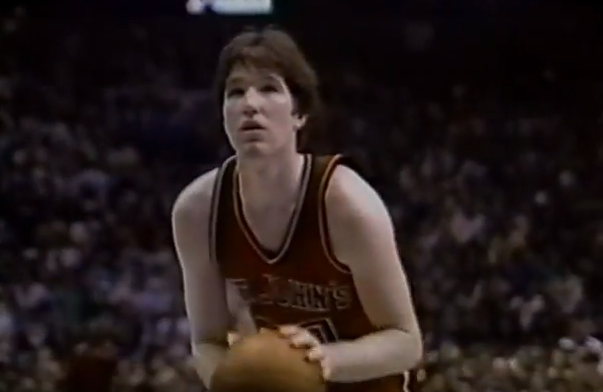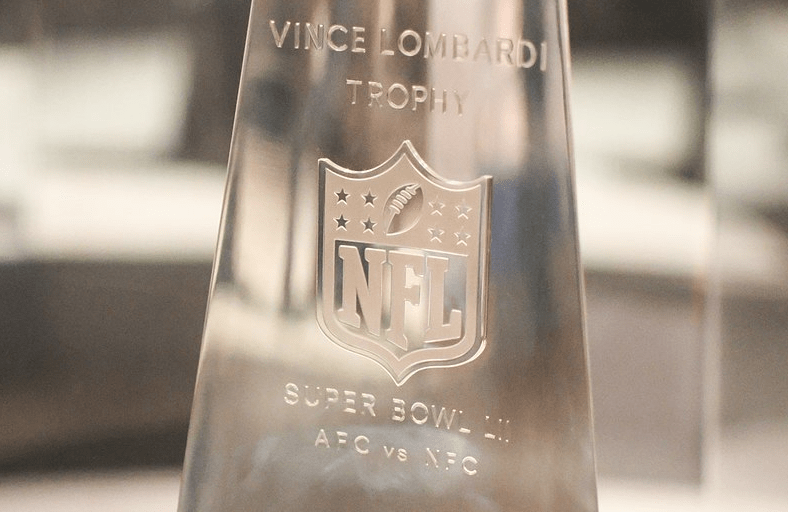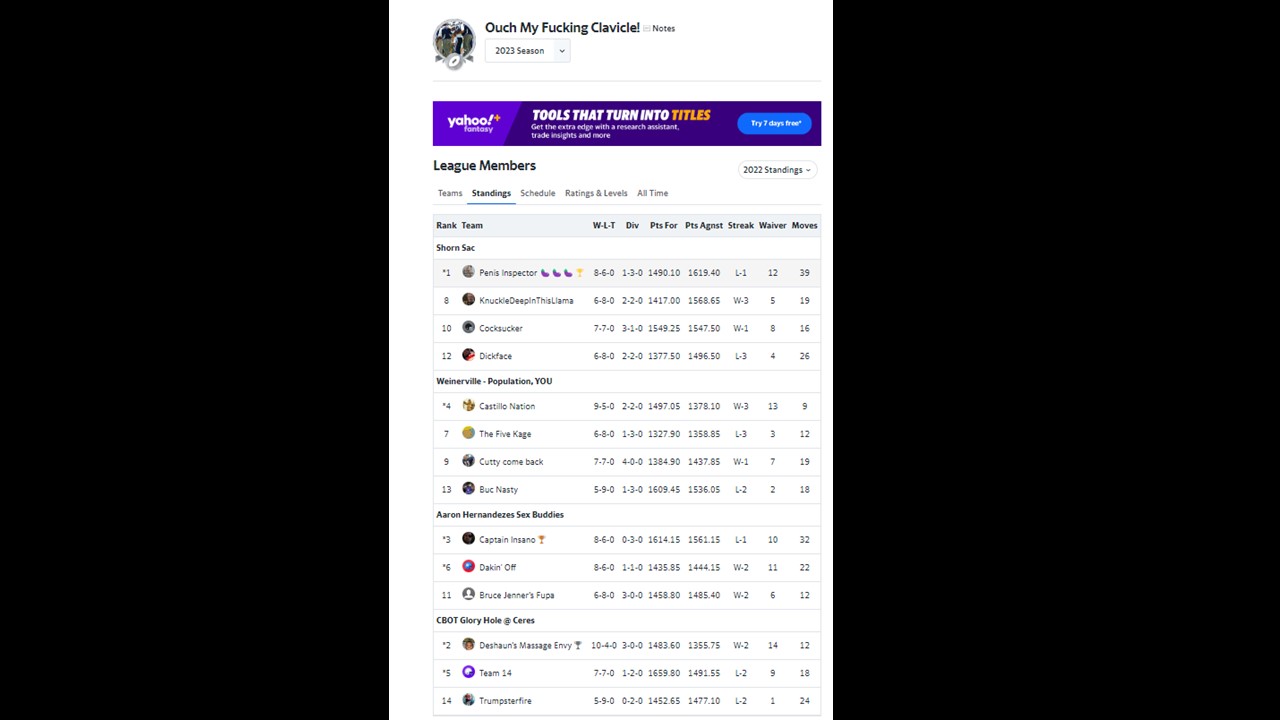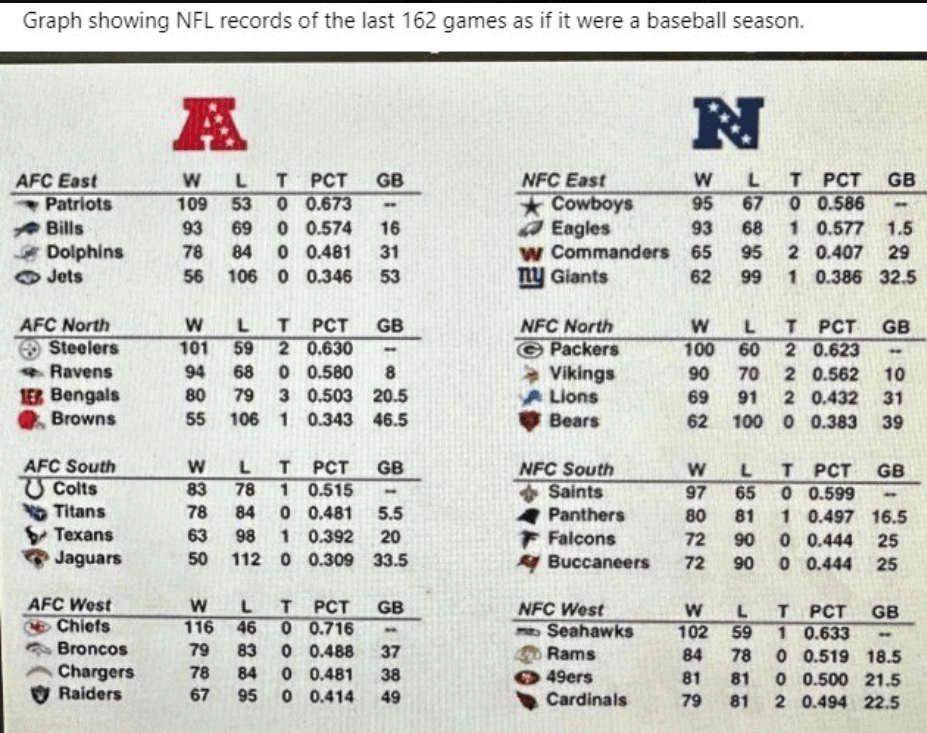
Big East basketball was a conference full of perennial contenders. After a massive fall, it’s finally on the way up again.
I miss the Big East. The days of hard-nosed defensive basketball where an elbow was a hello.
There’s a saying that goes, “I wish there was a way to know you’re in the good old days before you’ve actually left them.”
For the Big East, those days seem long gone. Back when Patrick Ewing (and future #1 pick in the 1985 NBA Draft) and John Thompson brought Georgetown to the pinnacle of college sports. The days where PJ Carlesimo (before he was choked by Latrell Sprewell) and Seton Hall gave Michigan’s “Fab Five” a run for it’s money, and when Chris Mullin was the best sharpshooter in the nation.
THAT, was Big East basketball.
Big East Teams – The Start
The Big East started in 1979 when a conglomerate of Providence, St. John’s, Georgetown, and Syracuse were told by the NCAA to talk about the potential of creating a conference in the northeast.
The schools got together, and decided to invite Boston College, Seton Hall, Rutgers, Holy Cross, and Connecticut. Rutgers and Holy Cross declined their invites, and the conference was ready to go for its first season.
In its first season the conference had four 20-game winning teams, and three of those teams made the NCAA Tournament.
St. John’s, Syracuse, and Georgetown all represented the Big East. Syracuse was a number one seed, while St. John’s and Georgetown were both three seeds.
Unfortunately, Iowa played spoiler to both Syracuse and Georgetown in the East region, and Purdue upset the Johnnies out of the Mideast region.
However, this was just the start for the rise of the best conference in college basketball.
In 1980, Villanova made its jump to the Big East, followed by Pittsburgh in 1982. Penn State then applied for membership later in 1982, but was denied on a vote by the conference committee.
The conference had representative in the NCAA Tournament Final Four for six straight seasons in the 1980s, including wins from Georgetown in 1984 and Villanova in 1985.
The 1985 championship was perhaps the true peak of the Big East conference.
The 1985 Championship
It is widely considered one of the best NCAA Tournament games of all time, as well as one of the best upsets.
Villanova went into the game as the eighth seed, taking on the defending champion Hoyas. The Hoyas, powered by a high powered front court that included Hall of Famer Patrick Ewing, were ranked in the top two the whole season.
They beat fellow Big East foe St. John’s in the National Semifinal to get to the Championship.
Villanova took down Memphis State, but only scored 55 points in the contest. This made fans believe that Georgetown was going to wipe ‘Nova, but the result proved otherwise.
The first half belonged to Nova as they relied heavily on big man Ed Pinckney, who was sick of spending the entire season in Patrick Ewing’s shadow.
The Wildcats were led by a stellar scoring performance from Dwayne McClain, and took a 29-28 lead into the half.
Just before the half, an iconic Big East moment happened. As the buzzer sounded, Reggie Williams of Georgetown shoved Villanova’s Chuck Everson in the face with two hands.
The spark was lit. It was time for act two.
Georgetown came out feeding Ewing, a star that everyone expected to shine, but it was Villanova’s bench hero that would propel them to victory.
Harold Jensen went perfect from the field off of the bench, scoring 14 points. The whole Wildcat team was perfect from the field 10 minutes into the second half, and they started swarming Ewing.
The defense would prove to be too much, leading the Wildcats to a 66-64 win in iconic fashion.
The Fall from Grace and Where we are Now
The Big East was an incredible conference, until it just couldn’t function anymore.
The conference heads got too concerned with trying to keep football and basketball conferences separate, that it led to the ultimate demise of the entire conference.
In 2012, the seven major Catholic Big East schools in the conference, DePaul, Georgetown, Marquette, Providence, St. John’s, Seton Hall, and Villanova decided that they were going to separate from the Big East in 2015 because of the football schools.
The whole conference went up in arms after the Catholic Seven made this announcement, it forced the football schools in the conference to realign and find new conferences.
This meant Connecticut, Syracuse, Pittsburgh, and Rutgers would all leave, and it created an absolute blow up in the conference’s competitiveness.
Villanova remained active and capable of competing, but the other programs suffered an incredible amount after the conference lost its prestige.
Now, there’s been a major change.
The days of the Big East are back. The likes of Chris Mullin and Patrick Ewing are back leading the conference, and with Villanova coming off of a National Championship, the sky is the limit.
Marquette, Villanova, and St. John’s have all been ranked in the top 25, and there are two sure fire candidates for the Naismith Awards coming out of the conference. Both Markus Howard and Shamorie Ponds look like two superpowers ready to lead their teams to victory.
The Big East is on the rise again, but it could take a while before it gets back to where it once was.










